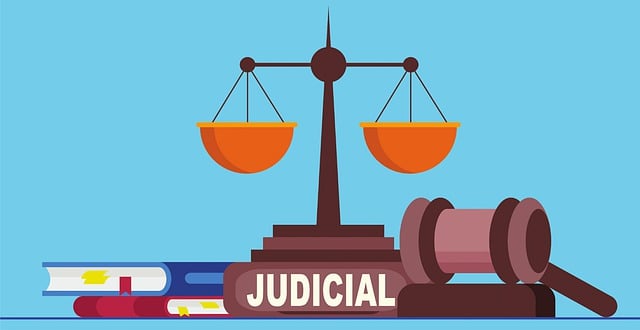Documenting personal injury damages involves gathering comprehensive medical records, tracking lost wages, quantifying pain and suffering, and considering ongoing treatment costs. This meticulous process ensures fair compensation, especially in complex cases like defective products or real estate disputes, with legal professionals aiding in evidence collection and support.
When dealing with personal injury damages, proper documentation is crucial for a successful claim. This comprehensive checklist guides you through the process of capturing all aspects of your injuries’ impact. From assessing medical bills accurately to quantifying pain and suffering, each step ensures your case is strong. Learn how to document lost wages, track expenses, and present compelling evidence to maximize your compensation. Master these strategies to navigate the legal process with confidence, securing the personal injury damages you deserve.
- Assessing Medical Expenses and Bills Accurately
- Documenting Lost Wages and Income Potential
- Capturing Pain and Suffering in Quantifiable Terms
Assessing Medical Expenses and Bills Accurately

When documenting personal injury damages, assessing medical expenses and bills accurately is paramount. It’s crucial to gather all relevant documents, including hospital records, doctor’s notes, prescription receipts, and any other healthcare-related invoices. A meticulous review of these documents ensures that every expense is accounted for, from initial emergency treatments to ongoing physical therapy or rehabilitation.
In the event of defective products or real estate disputes leading to personal injuries, it’s essential to document all associated medical costs. For instance, a Boca Raton personal injury lawyer might advise clients to keep track of not just the immediate healthcare expenses but also future medical needs predicted as a result of the injury. This comprehensive approach is vital for ensuring fair compensation for all incurred and foreseeable personal injury damages.
Documenting Lost Wages and Income Potential

When documenting personal injury damages, it’s crucial to account for any lost wages or income potential as a direct result of the incident. This includes both short-term and long-term financial impacts. For instance, if an individual is unable to work due to injuries sustained in a car accident or slip and fall settlement, they should keep detailed records of their employment history, including average hourly wage or salary, number of hours worked per week, and any anticipated future income.
In cases like nursing home neglect, where the victim may require extended care or be unable to return to previous work, it’s essential to consult with financial advisors or legal professionals to estimate potential lost wages over a defined period. This process involves gathering relevant documents such as pay stubs, tax returns, and medical reports that can substantiate the economic losses experienced by the individual due to their personal injury damages.
Capturing Pain and Suffering in Quantifiable Terms

When documenting personal injury damages, quantifying pain and suffering is a crucial step. This involves assigning monetary values to non-monetary losses such as physical pain, emotional distress, and loss of quality of life. It’s essential to capture details like the intensity and duration of pain, limitations on daily activities, and any long-term effects. A Boca Raton truck accident lawyer or legal representative can assist in gathering medical records, witness statements, and other evidence to support these claims accurately.
Additionally, considering factors like medical bills, lost wages, and ongoing treatment costs helps in determining the full extent of personal injury damages. This comprehensive approach ensures that individuals receive fair compensation for their hardships, especially in cases involving defective product injuries or severe accidents. For instance, a defective product injury lawyer can help navigate complex legal processes to ensure clients are adequately reimbursed for both tangible and intangible losses.
When documenting personal injury damages, it’s crucial to assess medical expenses accurately, capture lost wages and potential income, and quantify pain and suffering. By meticulously recording these aspects, individuals can ensure they receive fair compensation for their injuries. A comprehensive checklist, such as the one outlined in this article, serves as a valuable tool to navigate the complexities of personal injury claims, ultimately fostering a more just outcome.






